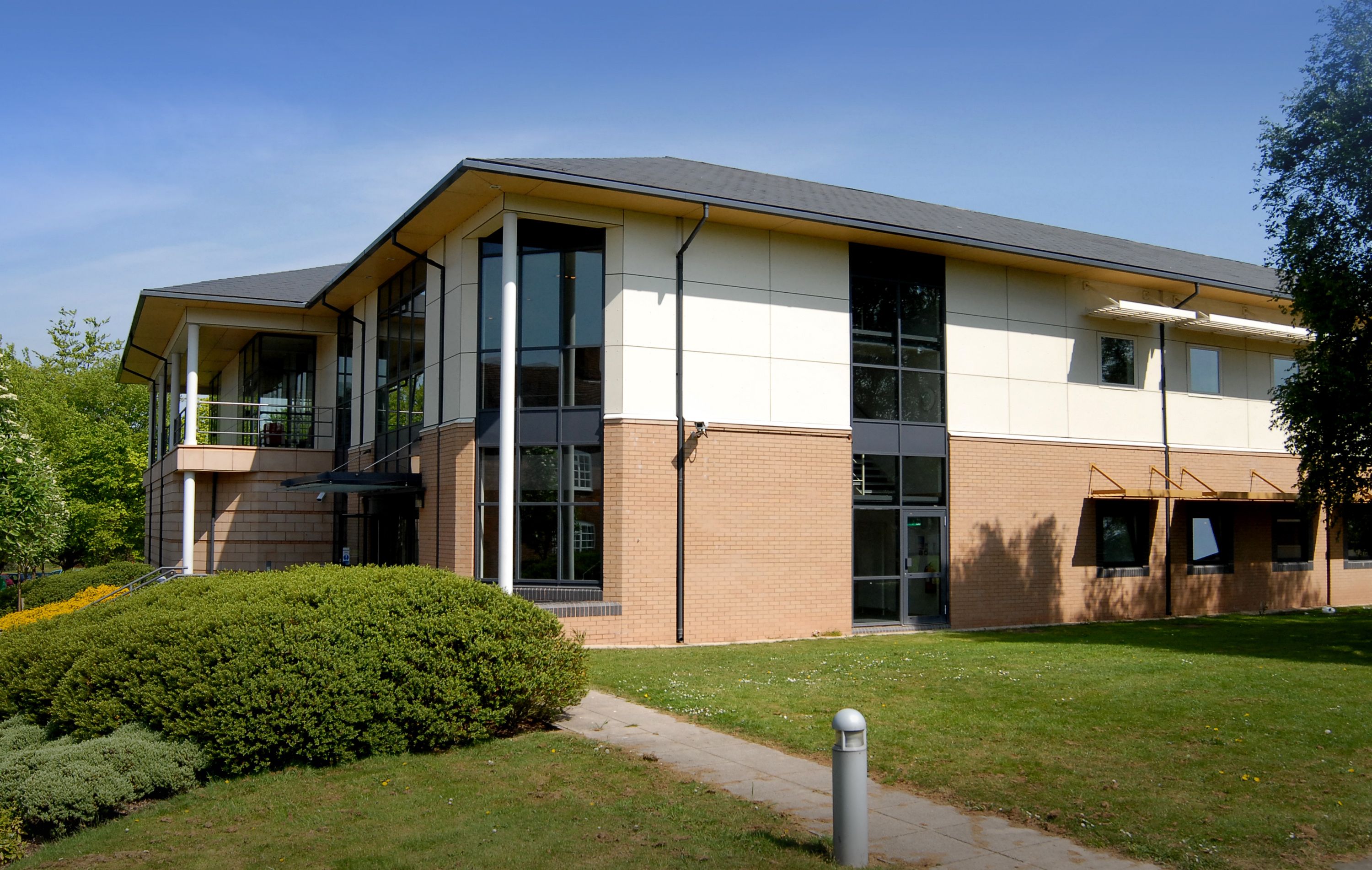SciTech study tips: Medicine
For those who may not be aware, Medicine at Warwick is a graduate-only course – you’ll need at least a 2.1 in your undergraduate degree and a solid UKCAT score, alongside some work experience to potentially be offered an interview. However, one of the best features of the Warwick course is that it accepts students from ANY previous degree programme, which means you get an enormous range of past experiences and knowledge from the cohort.
Teaching (at least for the preclinical year) is a mix of lectures and case-based learning (or CBL) sessions. For the latter, groups of approximately eight students are presented with cases and are expected to work through the information provided, coming to clinical conclusions and revising appropriate topics.
One of the best features of the Warwick course is that it accepts students from ANY previous degree programme, which means you get an enormous range of past experiences and knowledge from the cohort
There’s also plenty of hands-on experience though – every Friday is spent at University Hospital Coventry & Warwickshire (UHCW), with half a day of clinical skills teaching and half anatomy or radiography. Clinical skills encompass some of the most core procedures carried out by junior doctors, including taking patient histories and performing exams of bodily systems, while the anatomy sessions use plastinated specimens and occasionally fresh tissue to illustrate the workings of the body.
If I could provide any advice, it would be to do very little in the summer before you start and make sure to get rested up – it’s a very intense programme in terms of workload and you’ll constantly be playing catch-up. On that note, have a secure way of relaxing and unwinding too, because you need a life beyond Medicine.
Do very little in the summer before you start and make sure to get rested up – it’s a very intense programme in terms of workload and you’ll constantly be playing catchup
Don’t be tempted to buy loads of textbooks either, as there are so many excellent resources and tools available free or very cheaply online. My copy of Gray’s Anatomy sits mostly unused on the shelf while I zoom around 3D anatomical models on my laptop instead, so bear that in mind!

Comments